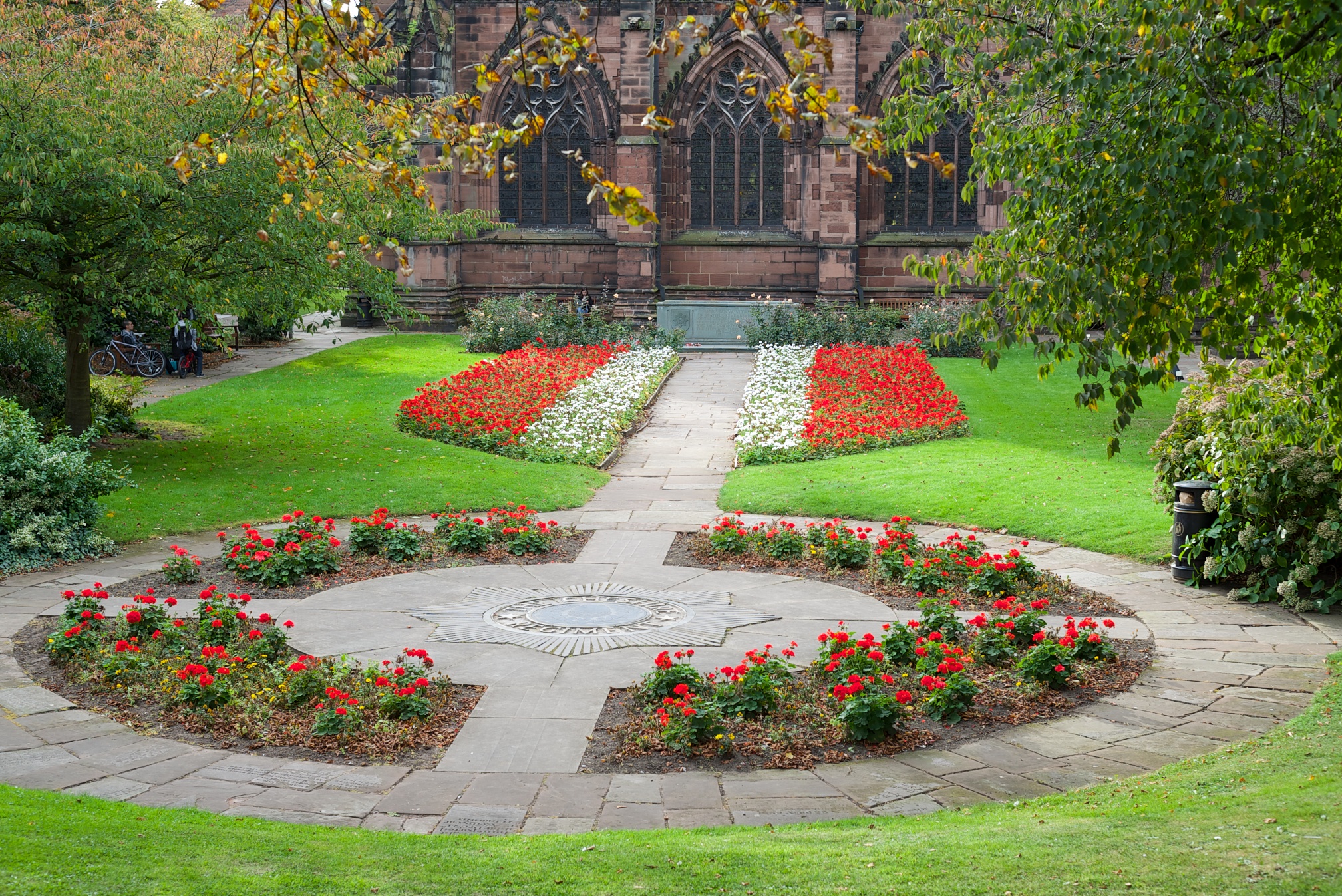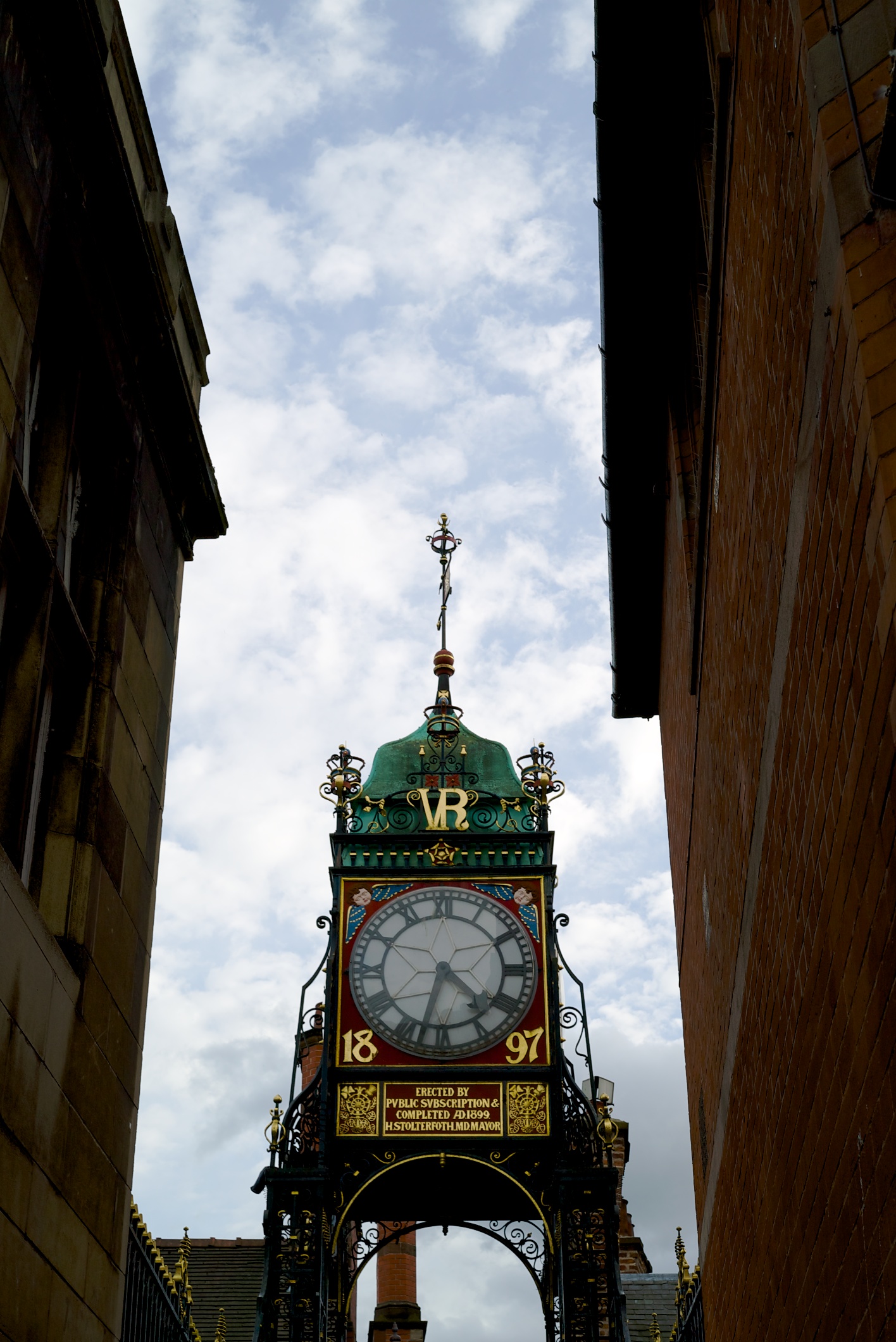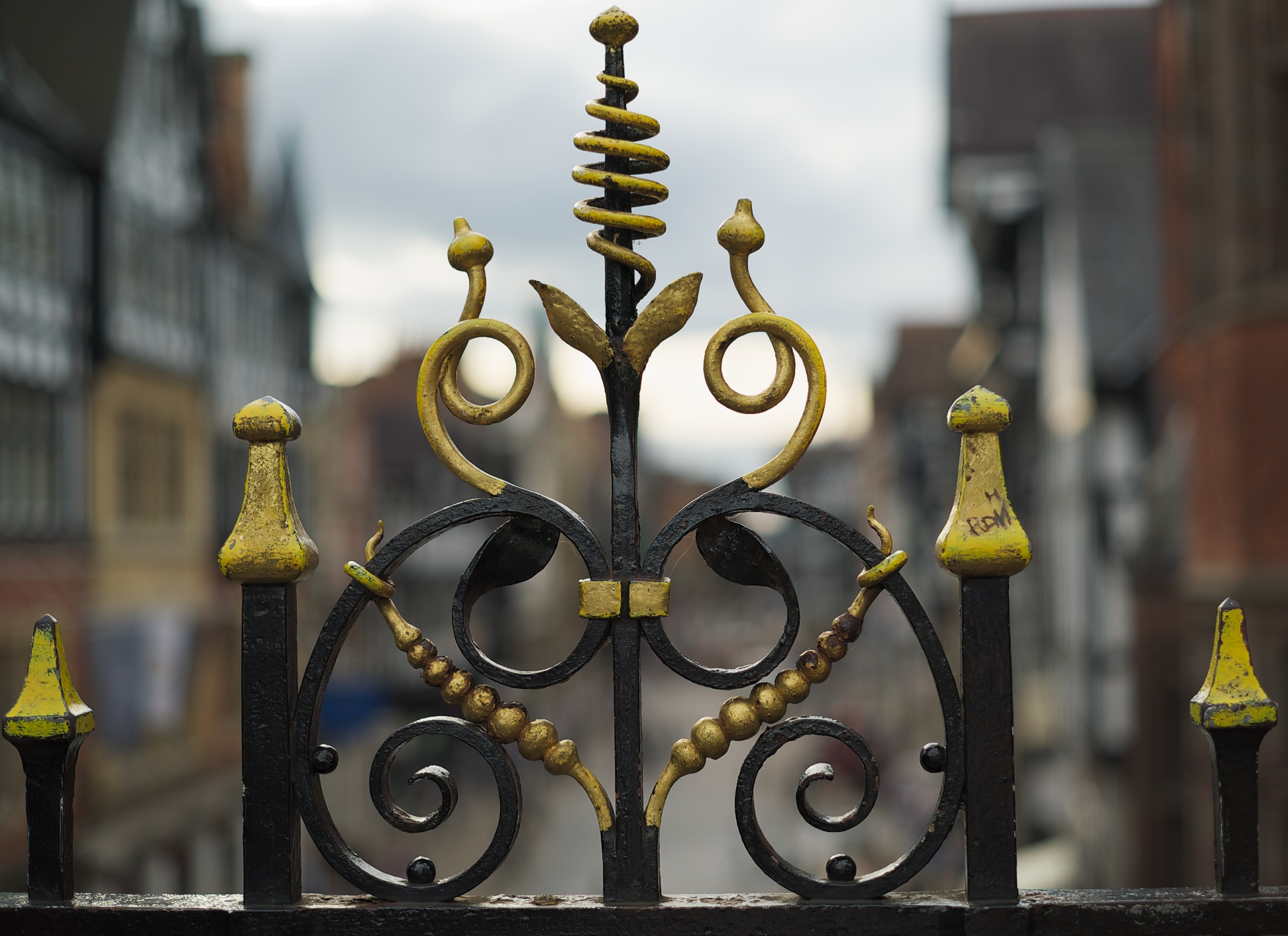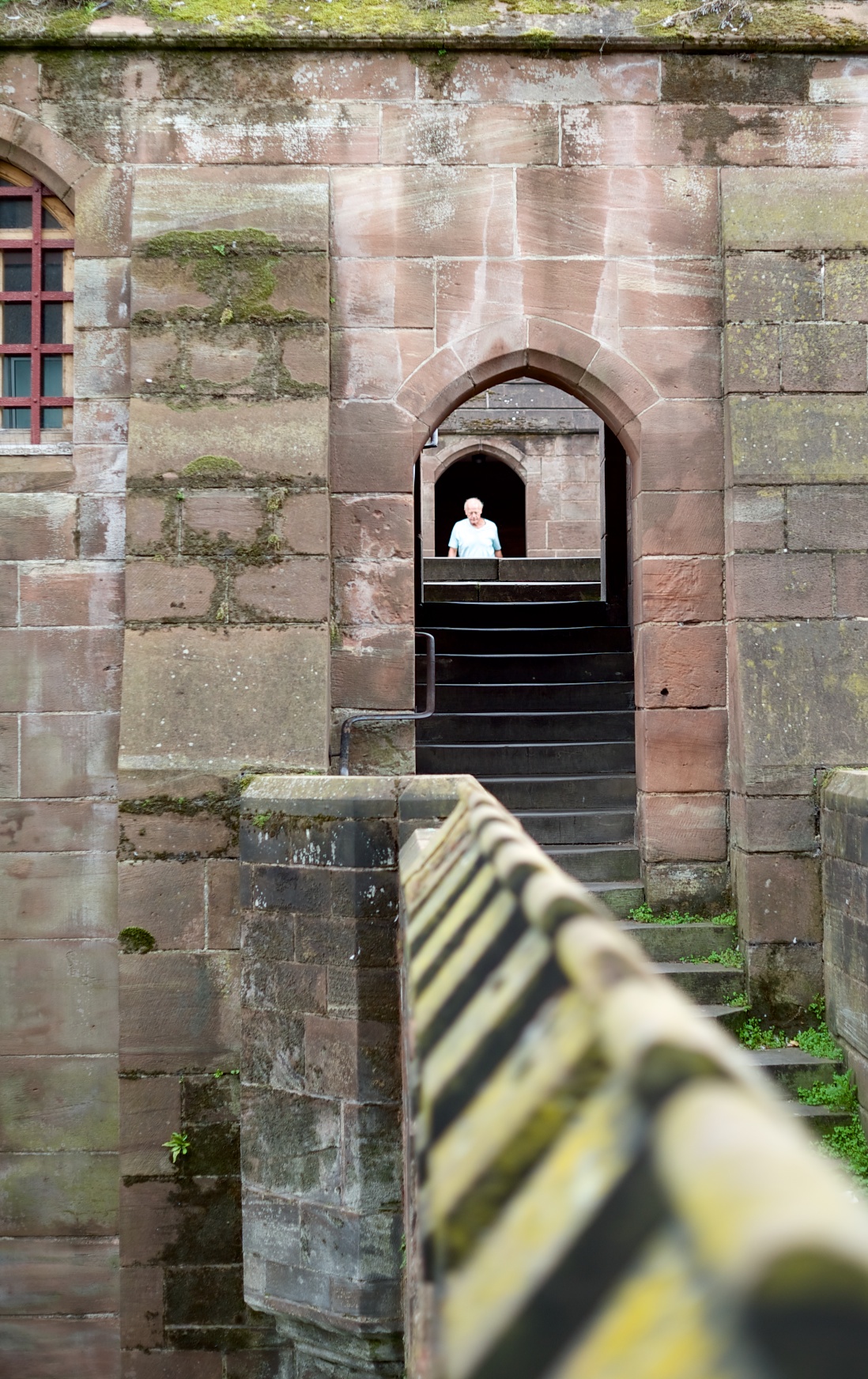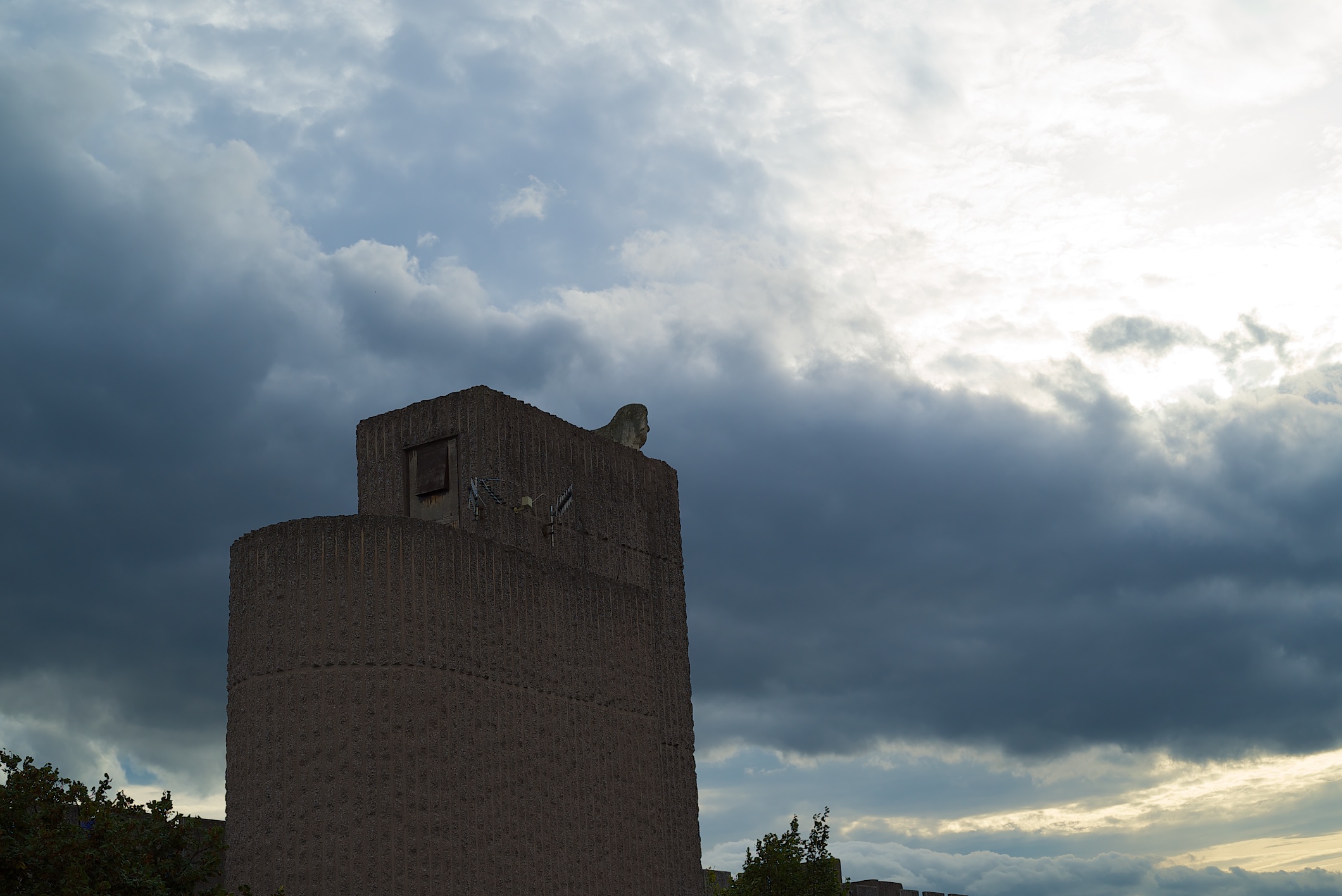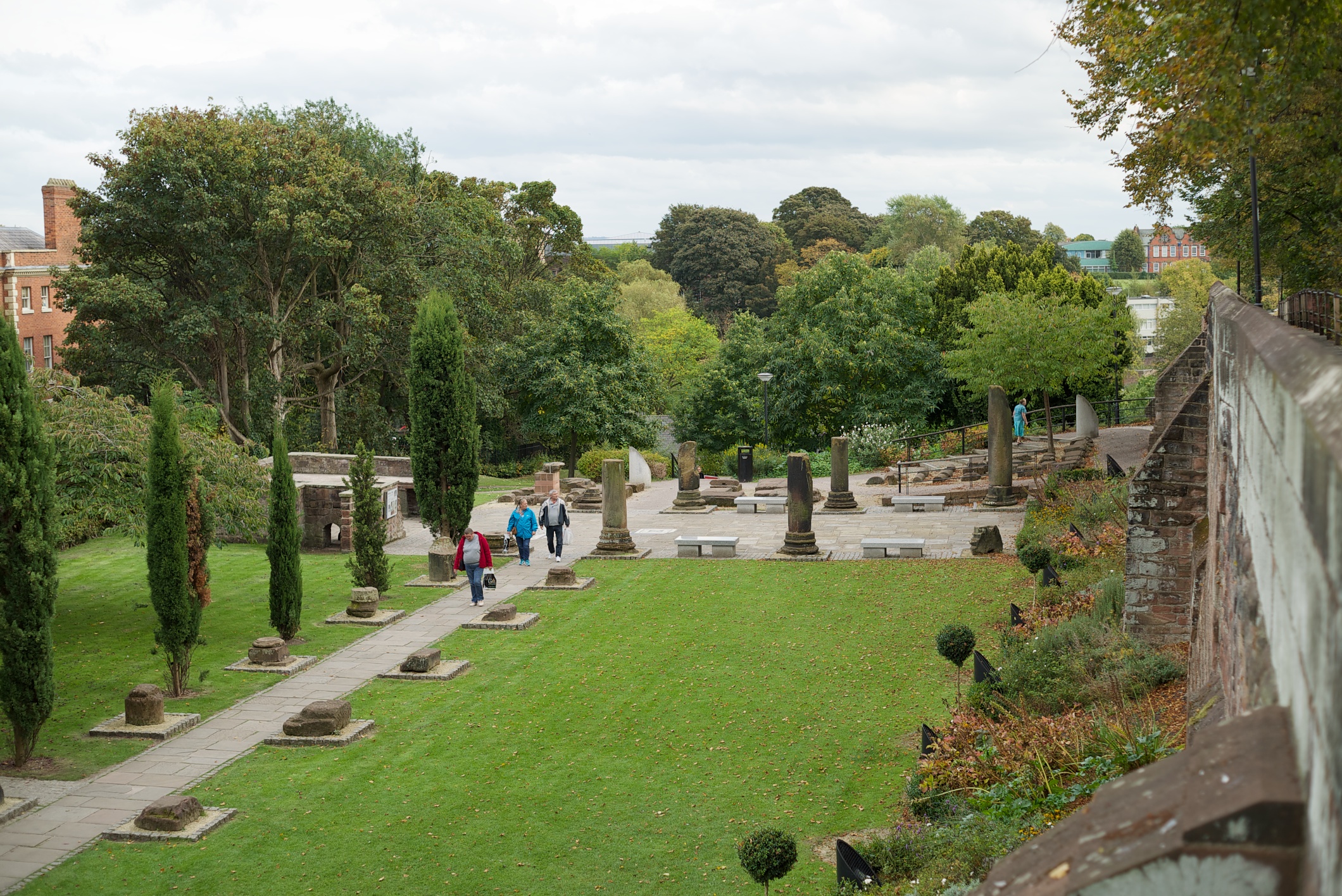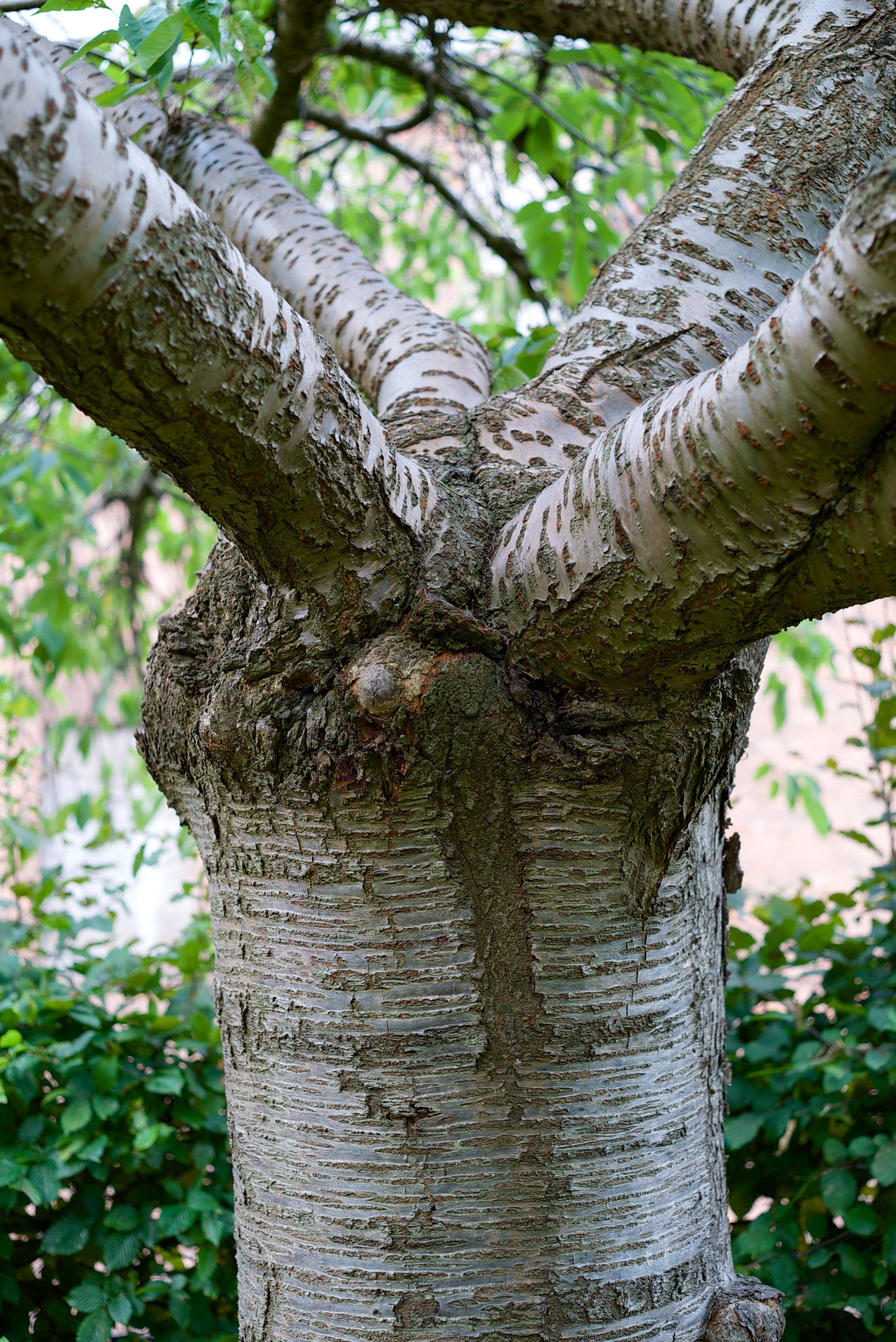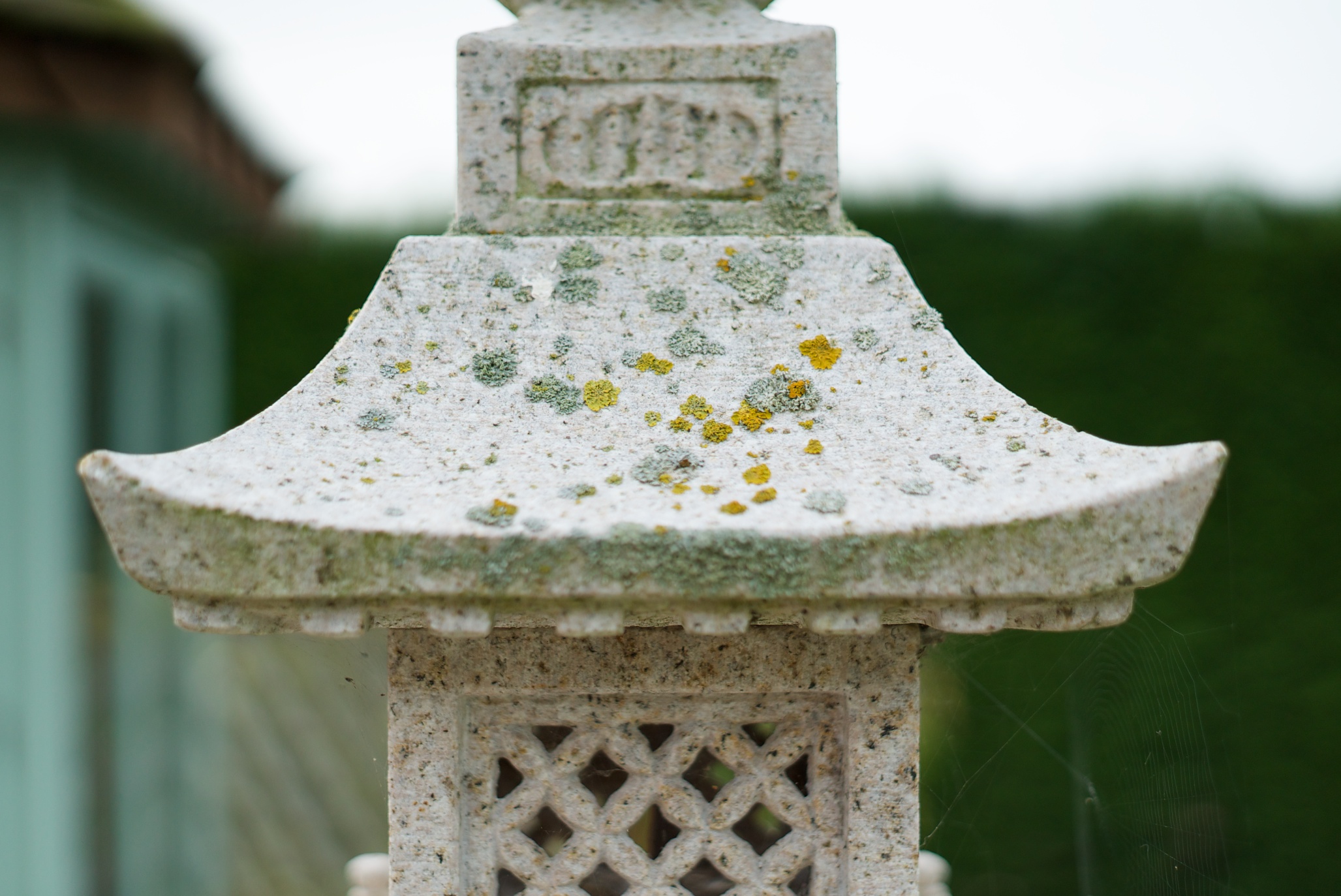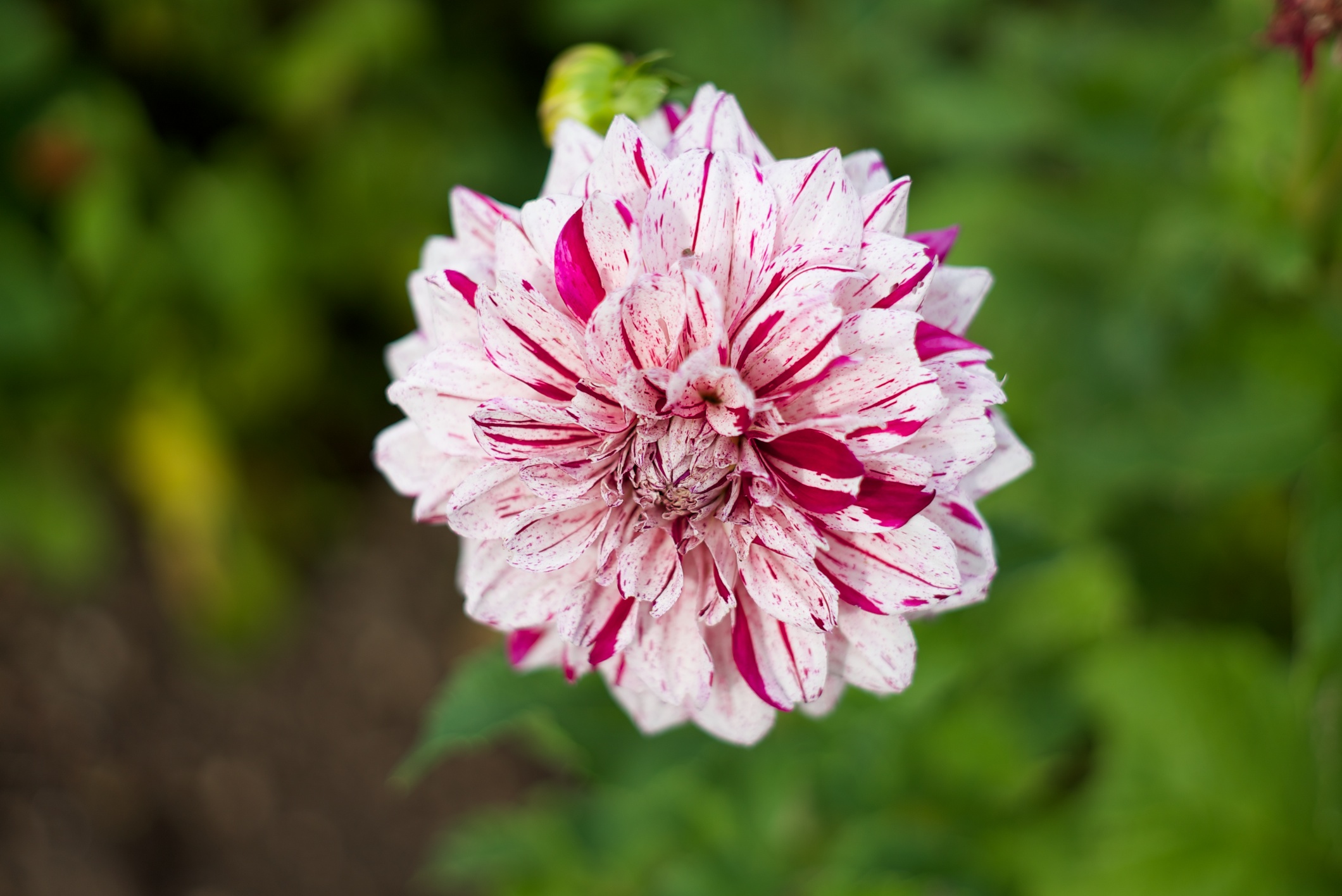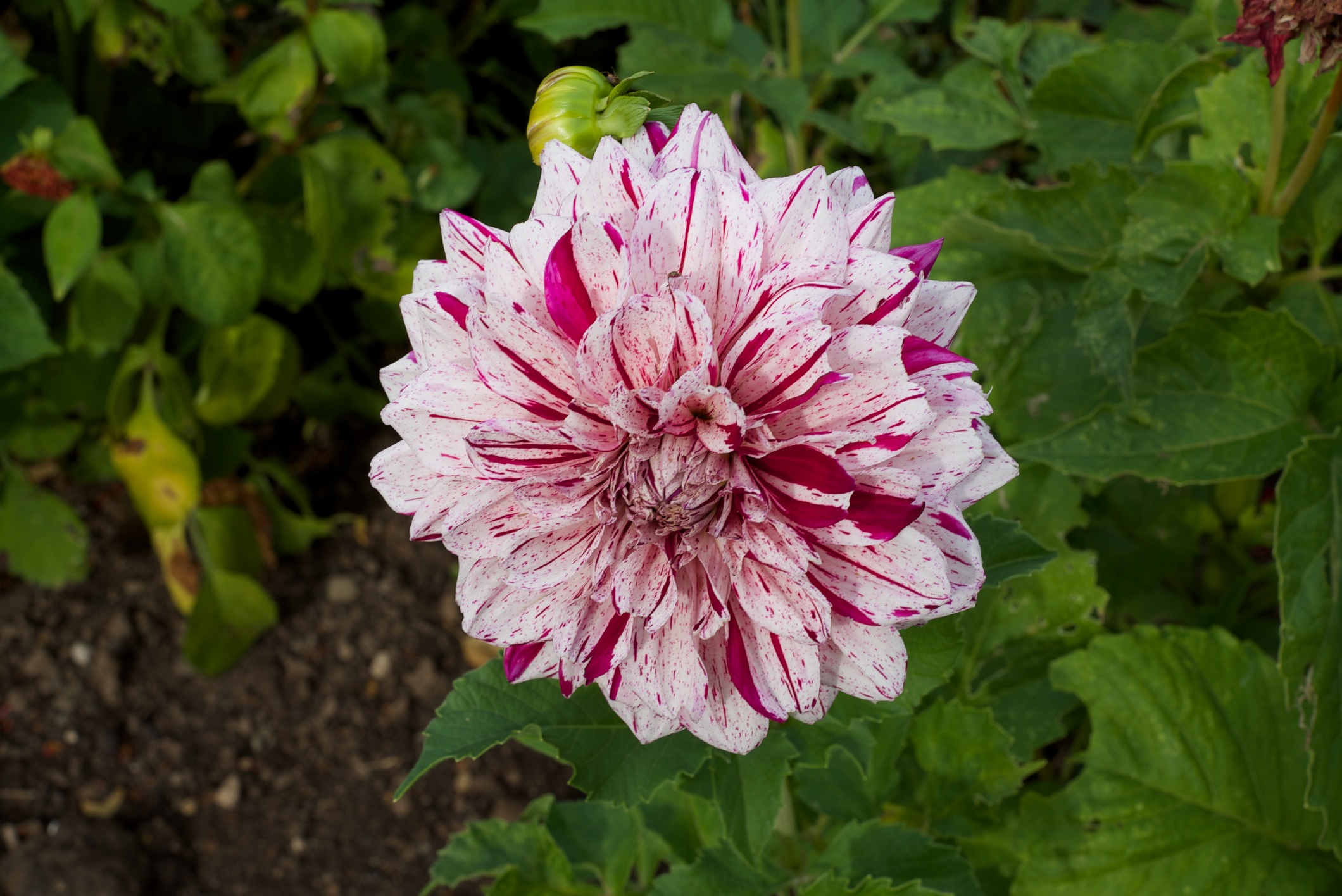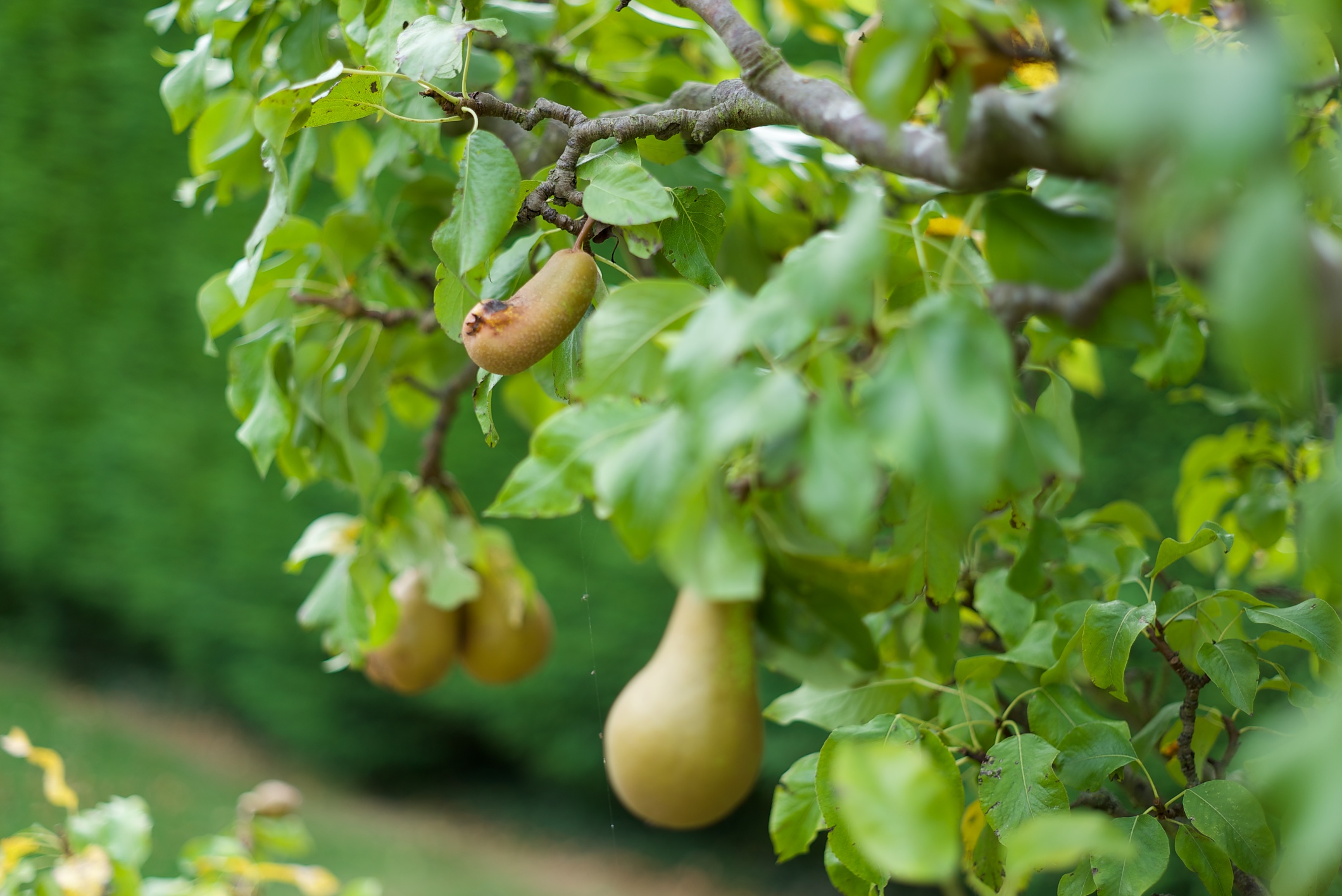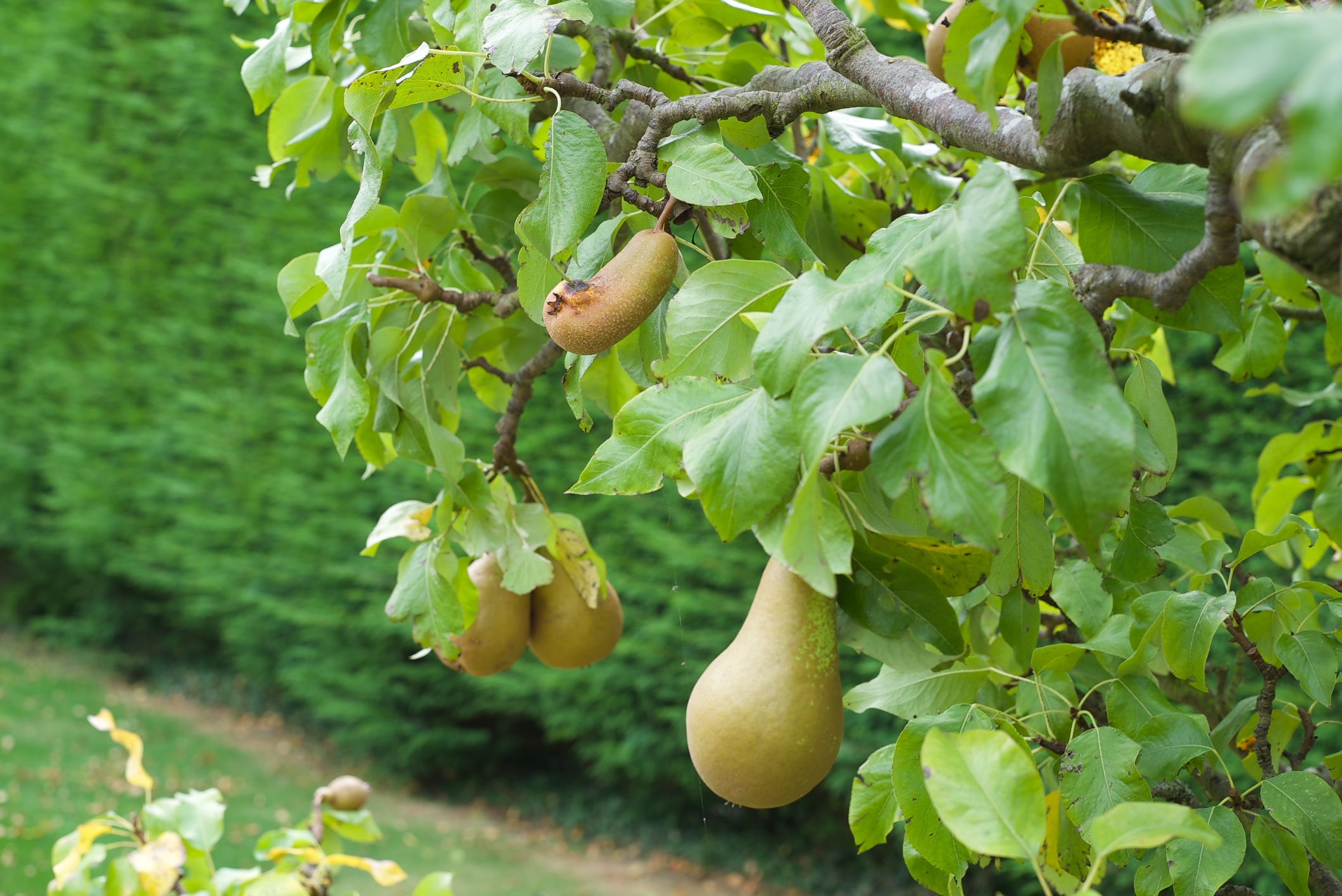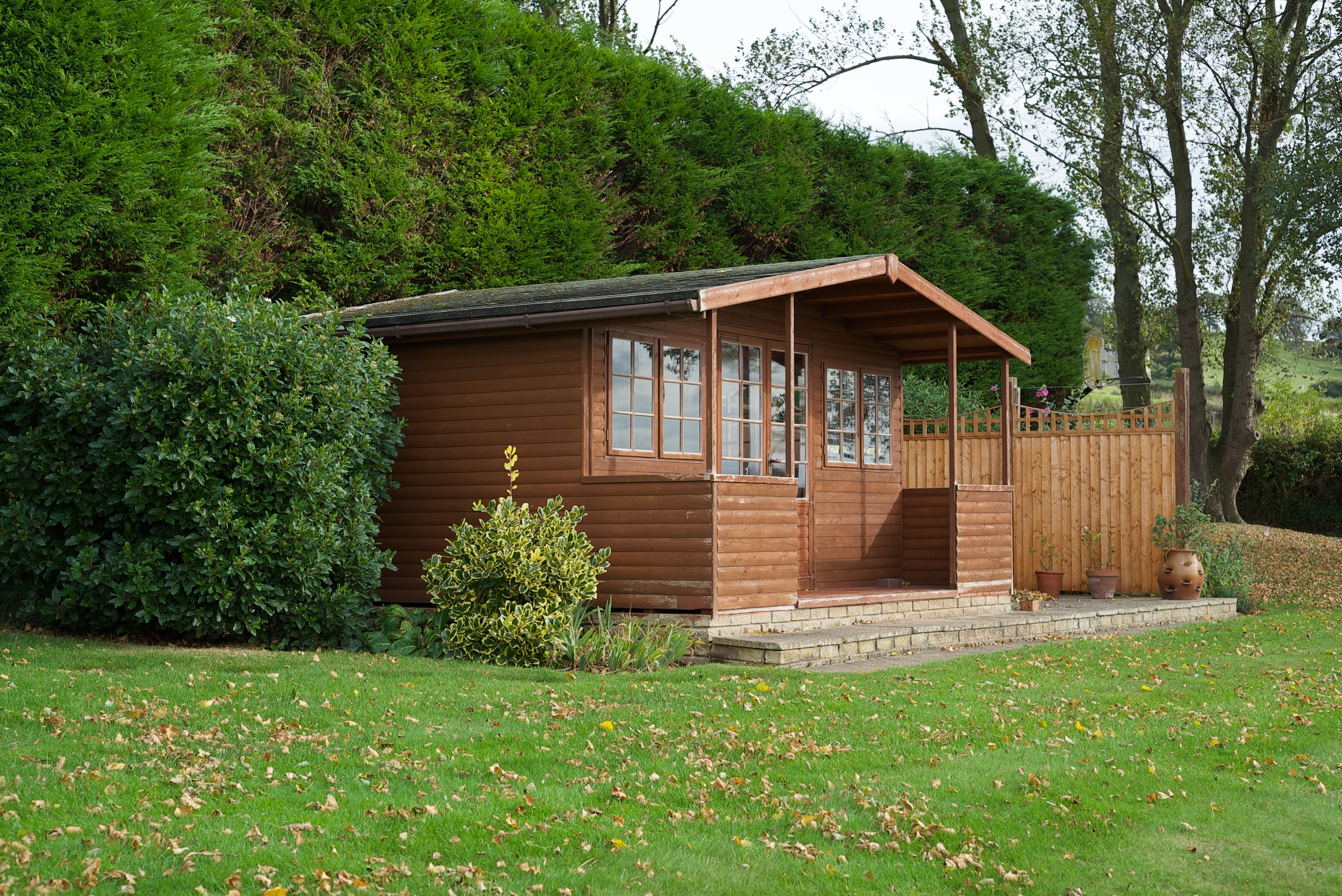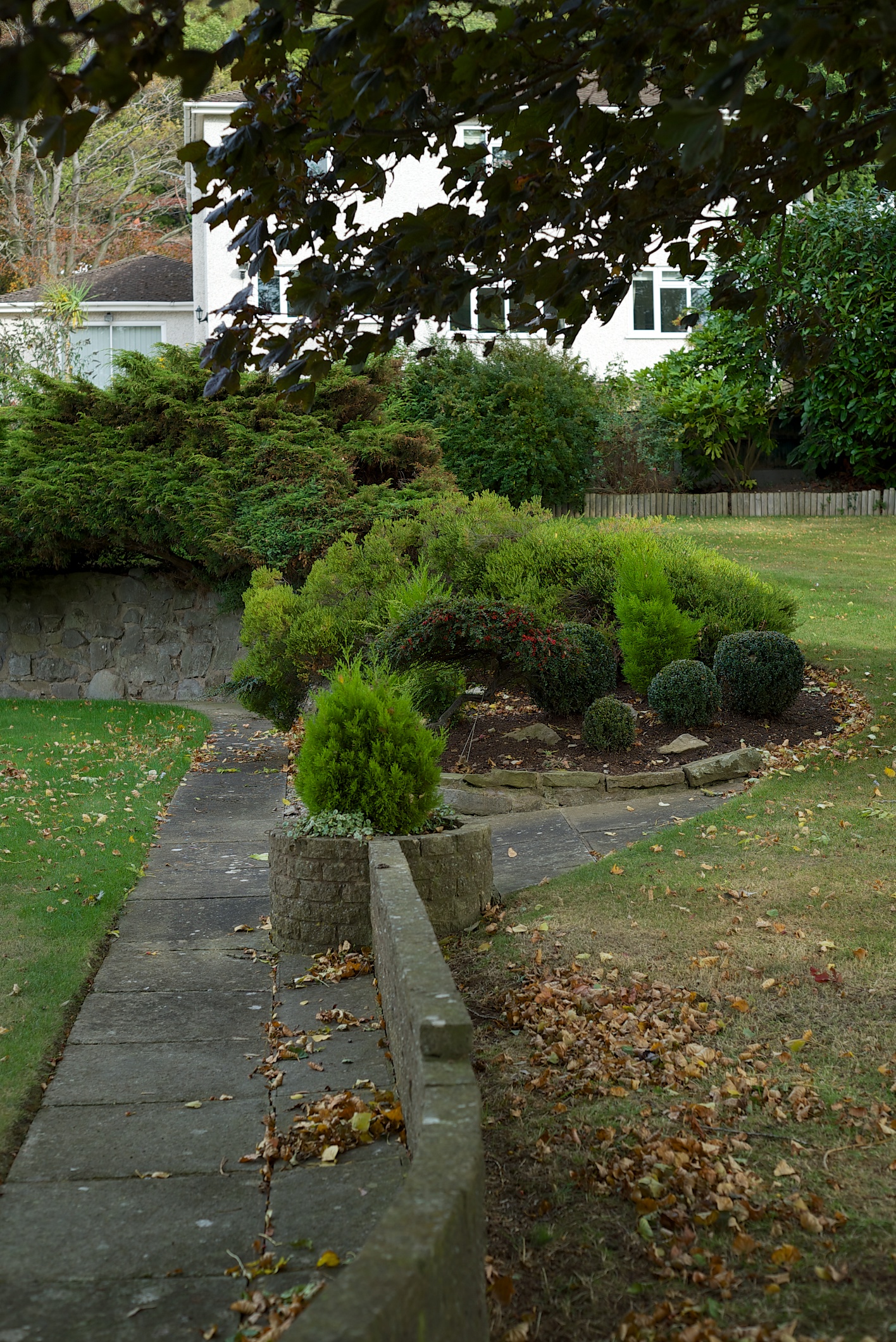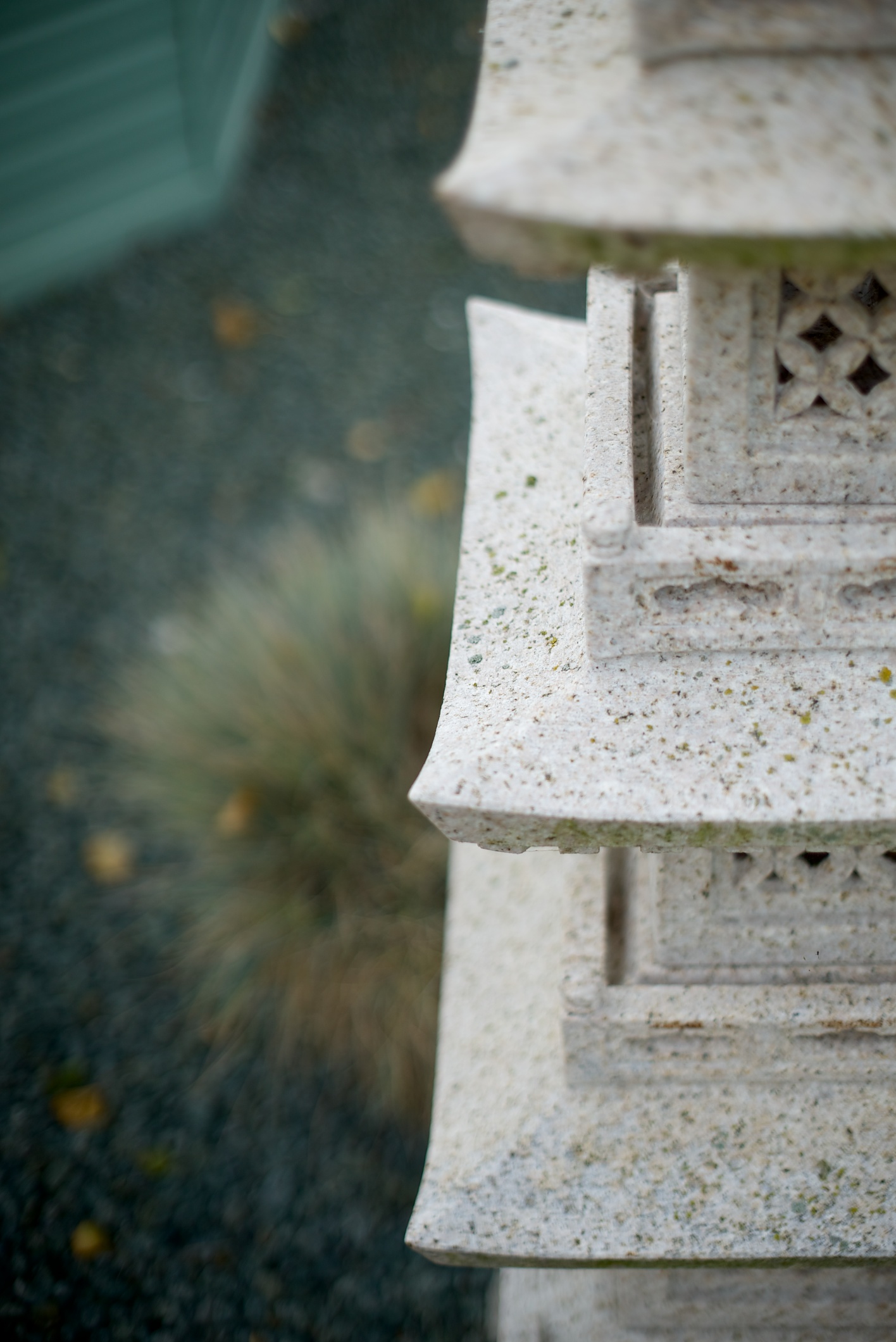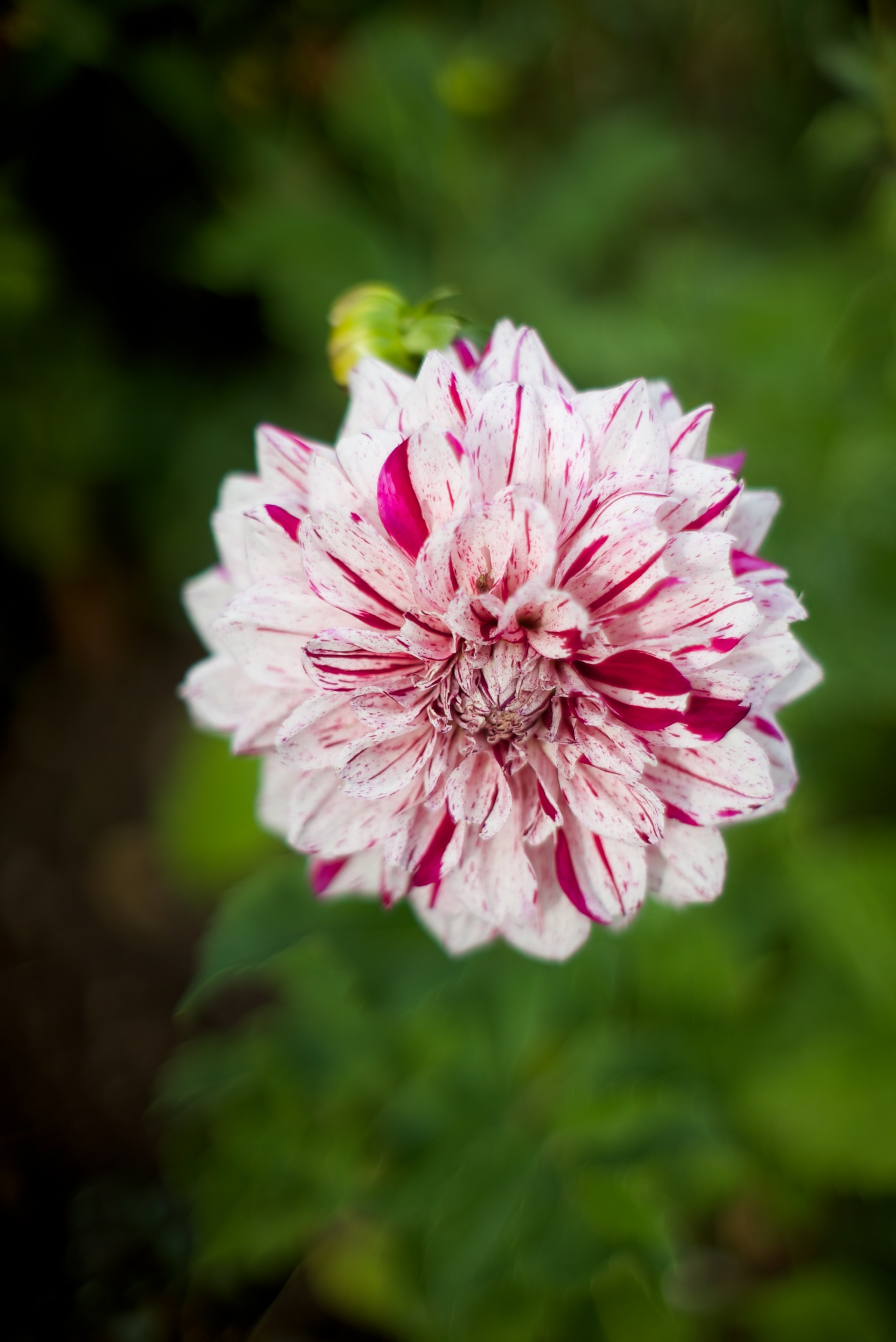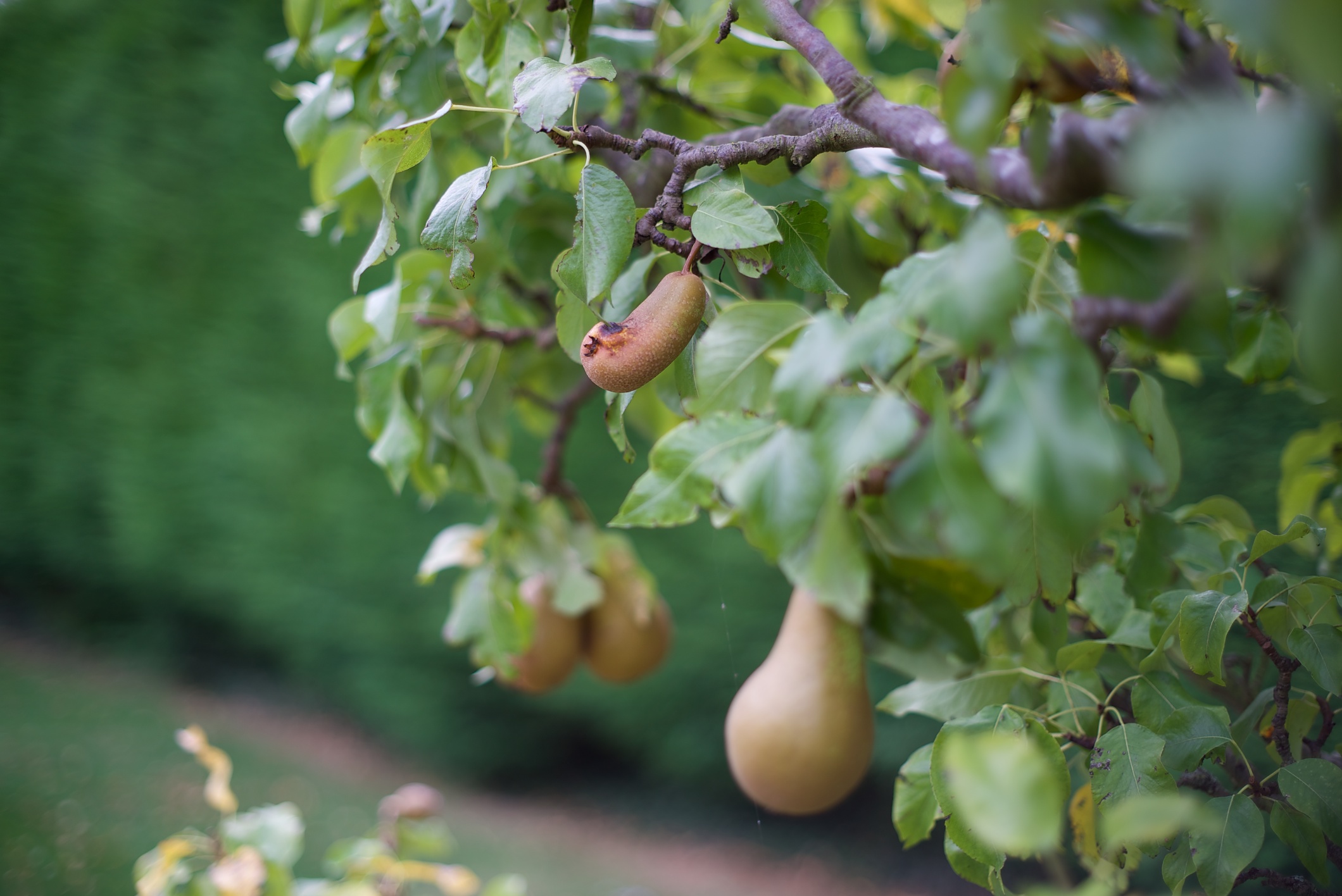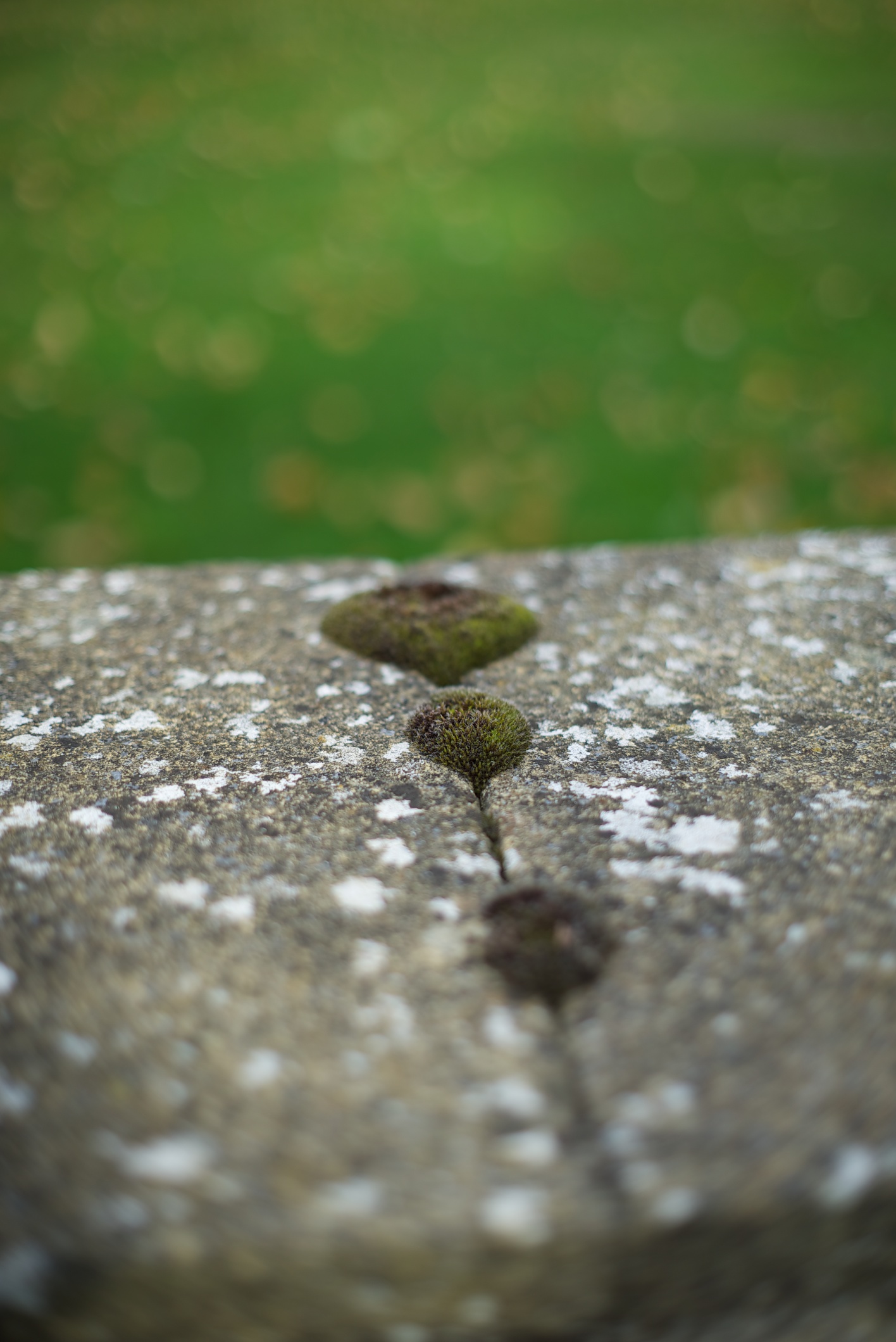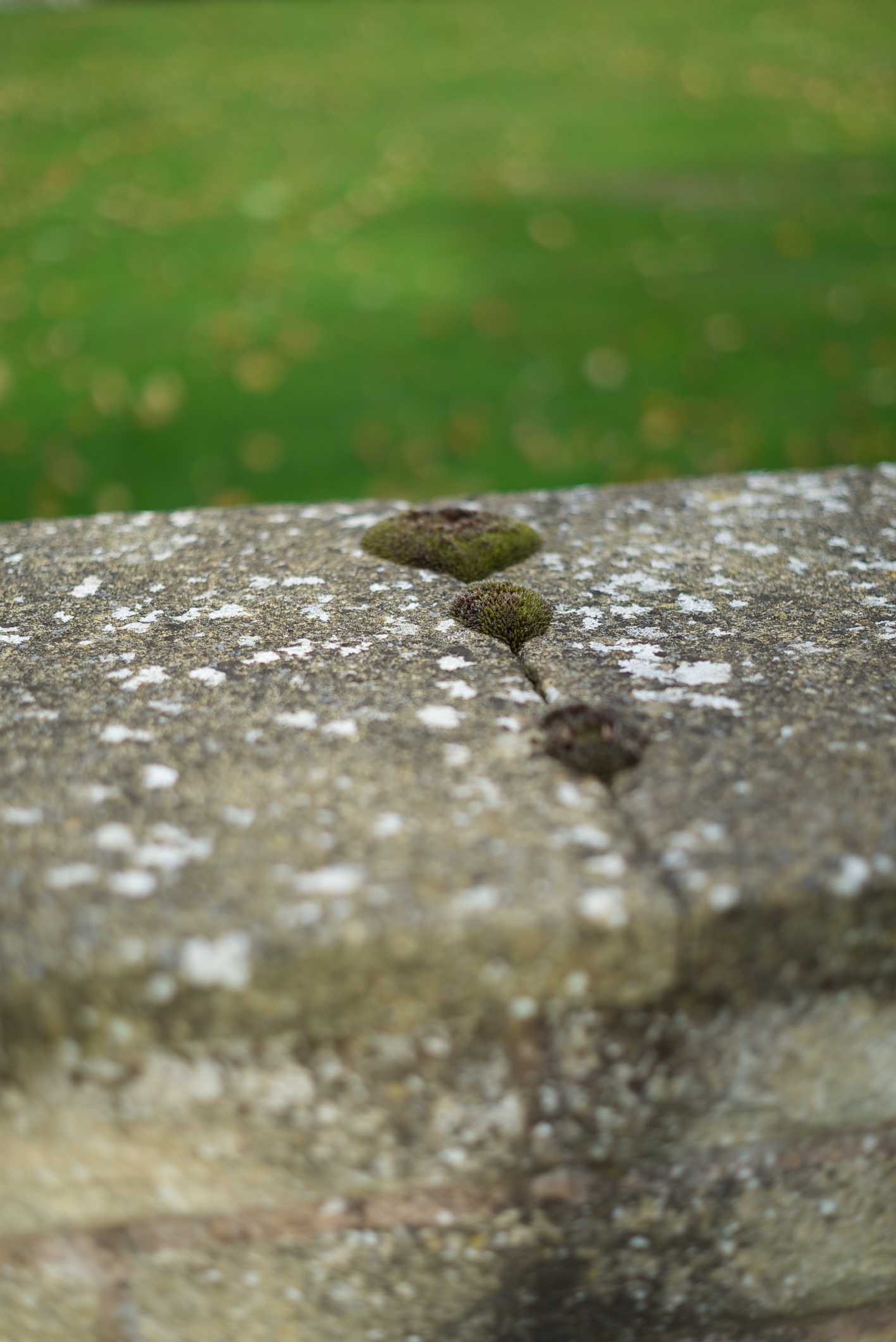I thought it was time to blow the dust off my blog. To be honest, it has been so long that it is going to require the services of a Dyson to clear the dust. After a long quiet period, I have been going through a busy patch of blog worthy activities. As is often the case, this has centred on a big trip. I had planned, to mark my 50th birthday, to return to New Zealand. The last trip had been back in 1990 with my father. Now about half a life time later, I was going to return with my own kids. It took a while to find a window in which we could all go and that window meant going in winter. However, we did make it and the trip was everything I could have hoped for and more. There will be more trip related posts in the future. We brought back so much material that its going to take a while to get through it all. This post is more of an aside but is something of more current interest.
I have been toying with the idea of hiring some equipment for a while now. I have had many conversations with Guy from Hireacamera at various trade shows and hovered over their website. What has been holding me back is being around for the drop-off/pick-up and a tendency to buy the things I want - gear acquisition syndrome. So it needed to be something I really wanted to try, but only had an outside chance of purchasing. Last week Hireacamera posted up on Facebook they were getting the brand new Zeiss Loxia range of lenses in and I decided the 50mm f2 was the perfect item to test the service.
Zeiss Loxia 50mm f2
My interest for the Loxia is for my Sony A7s so the e-mount version. Sony’s A7 range of full frame mirrorless cameras has garnered a lot of attention. The e-mount is one of the best supported mounts for adapting lenses around but what has been in short supply are native lenses (FE) from Sony. The Loxia range is Zeiss’ entry into this market in their own right as they have with the Touit range for crop sensor e-mount. The first two Loxia lenses are a 50mm f2 and a 35mm f2. Just to confuse matters, there are already two Sony Zeiss lenses of similar specification. These are the Sonnar 35mm f2.8 and 55mm f1.8. So why have Zeiss bothered? Well the Loxia lenses come from a different route. One of the most popular mounts to adapt to the A7 series is the Leica M mount. Part of the appeal of the A7 series is its compact size. They don’t really suit having long heavy glass hanging off the front of them. Much of the existing full frame compatible glass tends to fall into that category. However, the diminutive Leica M lenses, as well as from Voigtlander and Zeiss, are a great match physically.
Sony A7r with Zeiss Loxia 35mm F2 look a natural pairing.
However, some of the designs had some optical issues when used with adapters so what Zeiss has done is to tweak their designs and put them in some sexy new housings specifically for this new breed of mirrorless camera. So now the A7 owner has some options. The Sonnar lenses have had some good reviews and they are fully electronic. If you want a manual lens with traditional teutonic build quality then look to the Loxias.
The modern full frame lenses that I own were all bought for my 5D Mark II. The A7s has replaced the 5D, but I have held on to most of the glass. I have a Metabones and Viltrox adapters (another one for later) for EF to FE mount. The heavy Canon L zooms feel unbalanced on the dainty A7s. So I have looked to the past for inspiration. I have stated my fondness for the compact SLRs from the 70s and 80s made by Pentax and Olympus. The A7s is similar to classics like the OM2 so it’s no surprise that the contemporary Zuiko lenses are a good physical match. I recently picked up a Zuiko 50mm f1.4 off eBay. I also still have my trusty Canon EF 50 f1.4. Lastly, I have Sony’s own 28-70mm f3.5-5.6 kit lens. This turns out to be a slow sounding 50mm f4.5 in this company.
From left to right: Zuiko 50/1,4 on a dumb adapter, Loxia 50/2, Canon EF 50/1.4 on a Metabones MkiV, 3.5" drive is for scale
I don’t have any test gear, so I my pixel peeping is going to be limited. I concentrated on taking stills though I would use any lens for video as well. The Loxia came out with me on a photo walk in my home town of Chester. I then went over to Wales with all the lenses to do some comparisons in the relatively controlled conditions of my Mum’s back garden.
Handling impressions
When you open the lid of Hireacamera’s Pelicase for the first time, its hard not to fall in love with the Loxia immediately. It a very good-looking lens. Easing it out of the foam and the gear lust continues. It has just enough weight to feel expensive and hewn from solid without actually being heavy. The lens hood is metal and has a positive connection to the lens. The focus is smooth with a lovely linear amount of effort through its range. The aperture ring has a light click in third stops. I didn’t experiment with it, but the little tool to declick the aperture was provided with the lens - something video shooters will appreciate.
Once on the A7s the Loxia feels perfectly at home. It really is a nice combination. I was shooting in either aperture priority or full manual. However, the Loxia is not a dumb lens. It does have communication with the body and this bring some immediate benefits. Firstly, the body knows when you are focussing. This means that the zoom feature gets activated to get critical focus. When combined with peaking this is extremely useful. You will also get full metadata on the pictures you take. I did notice one handling downside. The aperture ring is perhaps guilty of form over function. Its a narrow, flush ring sandwiched between the mount and the much broader focus ring. It also has to bear the aperture numbering. I found it awkward to find with my normal grip. It was also too easy to nudge the focus when changing it which of course prompts the camera to magnify. People with big hands or wearing gloves will struggle more than I did.
The Zuiko wins on size but one its been paired with its adapter there is little in it compared to the Zeiss. The focus feel is similar but it can’t quite match the Zeiss’s linearity through the range. Peaking works but if you want to push in you have to do it manually. Zuiko’s trademark aperture at the end is much easier to find but you only have whole stops and it tops out at f16 not f22. When you stop down the screen will darken. Its like using the depth of field preview on an SLR. Even wide-open it seemed a bit darker than when using the Zeiss.
The Canon 50mm f1.4 is not an L lens and it feels a bit plasticky compared to the Zeiss and Zuiko. Its also noticeably bigger and heavier when paired with the Metabones adapter. Switched to manual focus the range seems very short after the 180 degrees of the two Zeds. It also feels crunchy like its not enjoying being out of AF.
The Sony kit zoom is a very different beastie from these primes. Its a bit larger but no heavier, though at the expense of feeling more plasticky. At nearly 4 stops slower than the fastest lenses here you are not in the same league for getting shallow depth of field. In manual focus mode, the ring is much smoother than the Canon but it’s laggy. Like all the Sony fly-by-wire zooms I have tried before, it senses inertia. It makes it unpredictable. The AF is quick and reliable though. It is also the only lens here which has stabilisation.
Performance
I was very pleased with the quality of the shots I got from the Loxia. Provided the dumb human pressing the shutter had nailed the focus, the results look sharp with natural colours. A senior moment involving my tripod plate meant that my planned semi-scientific test comparisons weren’t really consistent enough to publish. Would they do show is that Loxia can hold those performance characteristics across a wide range of apertures. Compared to the f1.4s (at the same apertures) it has the least vignetting.
The Zuiko takes a bit longer to get into its stride both with vignetting and edge sharpness. I don’t find the bokeh as attractive as on the Olympus. The images are about a stop darker using aperture priority so there is something going with the metering. By f5.6 it’s very good.
The Canon images did not look sharp in my test but I don’t think I nailed the focus. This is probably operator error but it also shows the limitations of peaking combined with a narrow focussing action.
The Sony zoom turned out to be very respectable performer. It may not offer the aperture range of the others but, within that range, it is very consistent. Whether the camera is giving it a little helping hand I am not sure, but I am working off the RAWs in Apple Aperture.
Conclusion
Amongst the lenses I had gathered there is no doubt which is the stand-out candidate. The Loxia is the best performer and the nicest to use. It is also the one you will most want to own. That ownership will come at a price though at over £700. A little more will buy you the Sonnar and AF. However, for a still/video shooter like me I would prefer MF and the declickability of the Loxia.
The Zuiko can be had for a fraction of that cost with the adapter. Ergonomically it works well with the A7s but, with no integration with the body, its more fiddly to use. The Loxia lets you work faster and with a better hit rate. On the plus side, I can use it with other bodies like my micro four thirds cameras.
To buy a EF Metabones just to use a Canon 50mm would make no sense. Its a good lens on a 5D but can’t match the Zeiss when adapted to the Sony. If like me you have a number of Canon lenses then a Metabones makes more sense. There are other premium options but most of those are larger like the Sigma Art lens. If there is a downside with e-mount it is with adaptability. The e-mounts short flange depth means the A7s can be adapted to most other lens mounts. The flip side of this is it means e-mount lenses can’t be adapted to anything else. So your investment will be locked into e-mount.
For myself? My credit card is still having to cool down after the New Zealand trip so I am not ready to make that call. My experience with Hireacamera was excellent so maybe I will go that route for now if I need one. Now the 5D has gone and I only have MFT and e-mount cameras I need to review my options. My Canon lenses are adaptable, but don’t physically suit the cameras I have any more.




